Biting into a perfectly ripened piece of fruit is enough to convince you to give up baked goods and plant your own garden. The combination of flavor, juice, and sweetness in a ripe mango, apple, plum, or berry is the stuff of life itself.
Alas, most people don't know how to choose fruit that's properly ripe. As Brian Everett of Jacob Farms/Del Cabo Organics explains, "Most Americans shop with their eyes. It's a disservice to the grower and the industry in general."
And while looks do count, a whole host of others factors should come into play when you decide which fruits are ready to go home with you. If you rely solely on appearance, you're missing out on a world of flavor.

When: Buy Your Fruits Only in Season
As Everett points out, apples in spring are generally imported from far away or are being harvested several months before they should be. The best way to get good fruit is to know what grows in your area and during what season. This seasonal map is also sortable by region, so you can tell when you should be buying oranges and not plums.

Weight: Choose Dense, Heavy Fruits
Pick up your fruit and heft it: it should feel substantial. If it's surprisingly heavy and dense considering its size, all the better: that means your fruit has a lot of water weight and will be accordingly juicy. This is especially true of melons and citrus.
A light, puffy-feeling orange or lemon is a dry, sad orange or lemon. Having said that, if you need a lot of zest for a recipe, I'd say go ahead and get the light, puffy lemon. Its lack of moisture makes it easier to zest.

Smell: A Stronger Aroma Means a Better Fruit
Aroma is a good indication of the amount of flavor your fruit will have. Go ahead and hold up that nectarine and breathe in deeply. If it smells ripe, sweet, and you can tell what kind of fruit it is even with your eyes closed, then that fruit should go home with you ASAP.
If you smell a piece of fruit and you get a faint to nonexistent aroma, put it back on the stack. Alas, this trick works only at farmer's markets since refrigeration in supermarkets checks the development of aroma.
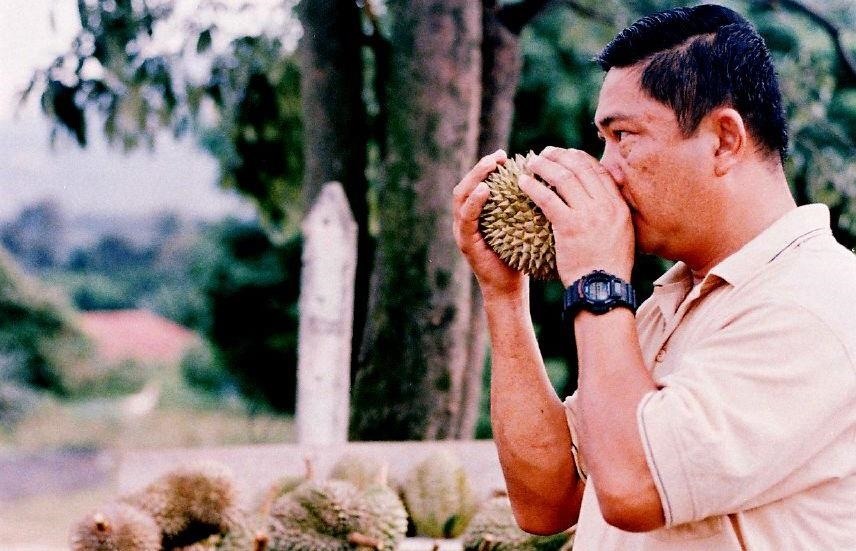
The Face Test: If It Feels Like the Tip of Your Nose, Get It
For avocados, nectarines, plums, peaches, apricots, mangos, kiwis and other fruits that need to have a little give in order to be flavorful, you can use the face test.
If you gently squeeze the fruit in question and it feels as soft as your cheek, it's past its prime. If it feels as solid as your forehead, it's not ripe. If it feels like the end of your nose where the cartilage is, it's ripe. Buy that sucker and eat it.

Color: Pick the More Vibrant Fruit
For many fruits, color indicates if they are ready to be eaten. Food scientist and author Shirley Corriher describes the process: As the acids within the fruit turn to sugar, the green chlorophyll breaks down and reveals the bright color underneath. Berries turn redder or bluer, bananas become bright-yellow, and apples reveal their blush. Rich, vibrant color tells you that the fruit is ripe enough to eat—especially if that color happens in conjunction with the other factors mentioned above.

Discolorations: They're Actually an Indicator of Sweetness
Don't be afraid of fruit with discolorations, black dots, and brown spots. Everett says that on many fruits, the black spots are signs that bees have been at it, which is a good thing, since they head for the sweetest, ripest fruit. He says that some of the best eating oranges and mandarins bear those marks and tend to have skin defects and also makes a point of buying "ugly" or misshapen fruit as well.
However, most markets reject those fruits since they fear consumers won't buy them. If you live near an Asian market, check out their produce aisles, since they will stock those fruits. Some markets will stock "uglier" fruit and put it on markdown, so be sure to investigate those bins before moving on.
As for brown spots, many shoppers fear that they're signs of rot, but produce workers know that on many fruits, like pears, they're actually signs that the fruit is ready for eating.

Wrinkling: Good for Some, Bad for Others
Some fruits, like the passionfruit and Satsuma mandarin, are riper the more wrinkles they get. Kent mangoes should also develop some wrinkles and be "suspiciously soft" before they're ripe enough to eat.
Those, however, are the exceptions. If you see a wrinkled peach or apricot, chances are it's past its prime. Pass it up.

Size: Bigger Isn't Always Better
Oversized fruit is generally all looks, no taste. Everett advises that you pass up really gigantic fruit since it usually indicates that it's been grown out of season.
Sound: Go for Hollow & Full Melons
That melon-thumping test? It works. I personally rely on a combination of smell and touch to tell when most melons are ripe: sniff the stem (also called the blossom) end of the melon, and while you're at it, press on the area around the stem. It should have some give, which indicates the melon was picked when it was ripe and came easily off the vine.
As for the thump test, hold the watermelon (or other melon) in one hand and give it a good thwack with the other. The melon should sound hollow and full, and reverberate ever so slightly. If it sounds flat and solid, put it back.

Which Fruits Ripen After Picking?
It's also good to know what fruits continue to ripen after picking (pretty much only bananas and avocados), which will get sweeter in taste (apples, kiwis, pears, mangoes, to name a few), which will change color but not in sweetness (most stone fruit, blueberries, persimmons), and which won't ripen after picking at all (cherries, soft berries, and citrus).
You can get a more extensive idea of which fruits fall into which categories with the chart below, based on Jeffrey Steingarten's delightful essay, "Ripeness Is All," which you can find in his book of essays, The Man Who Ate Everything.

A Print-Friendly Approach to Determining Ripeness
For a more visual guide on determining the ripeness of fruit, check out Yumi's illustrated cheat sheet for tricky fruits.

Fruit Stickers & Proper Storage of Fresh Fruits
Of course, you have to know which fruits continue to produce ethylene gas, which hastens the ripening process. Be sure to read our guide on how to keep fruit fresh for the longest period of time to get the most out of your produce.
And if you're interested in where your fruit comes from or whether or it's really organic or not, check out our guide on decoding produce stickers to help you find the best fruit at the grocery store.
Just updated your iPhone to iOS 18? You'll find a ton of hot new features for some of your most-used Apple apps. Dive in and see for yourself:
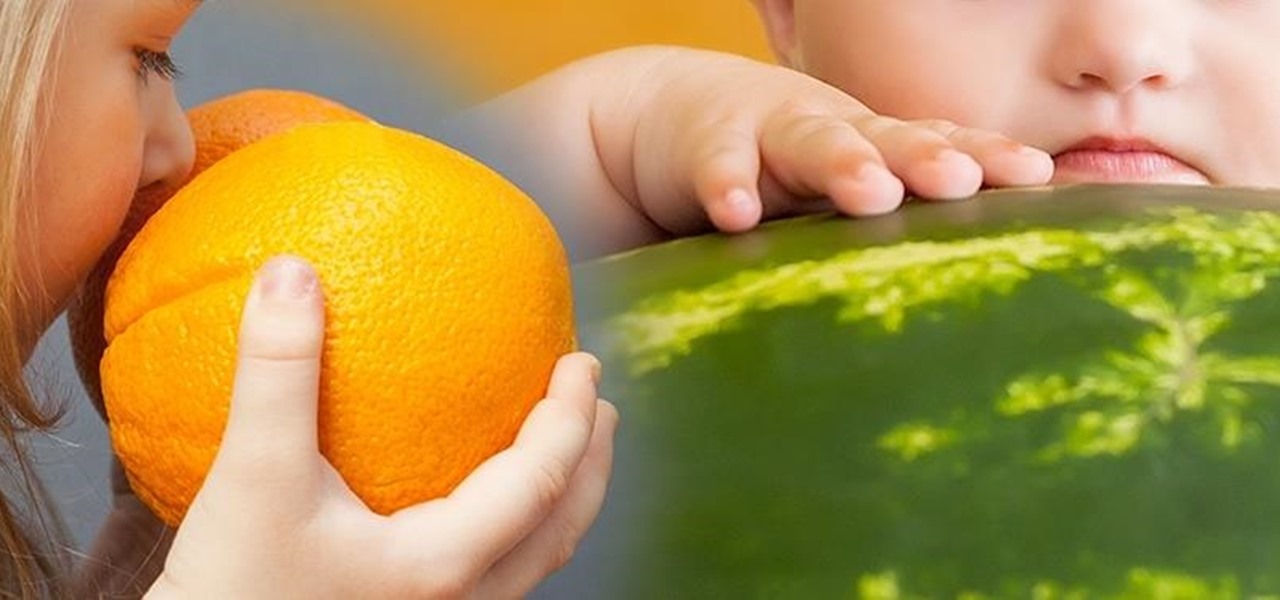


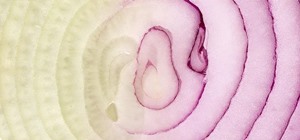
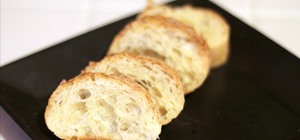
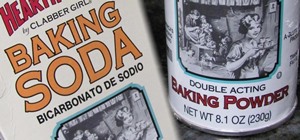
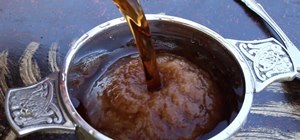
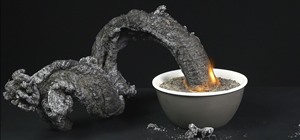
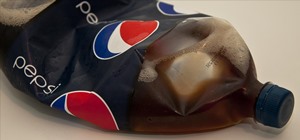
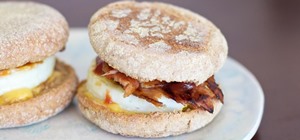
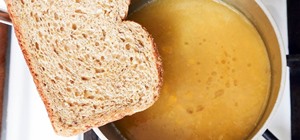
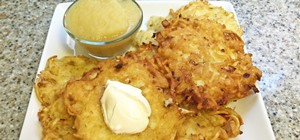
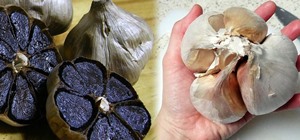

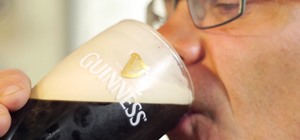
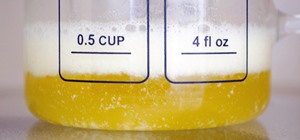
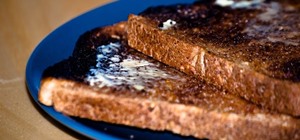
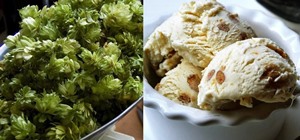

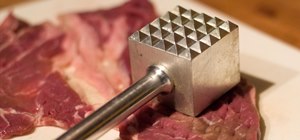
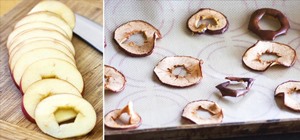
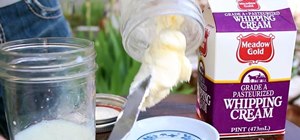
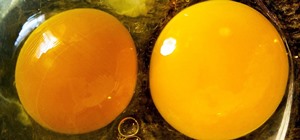
Be the First to Comment
Share Your Thoughts